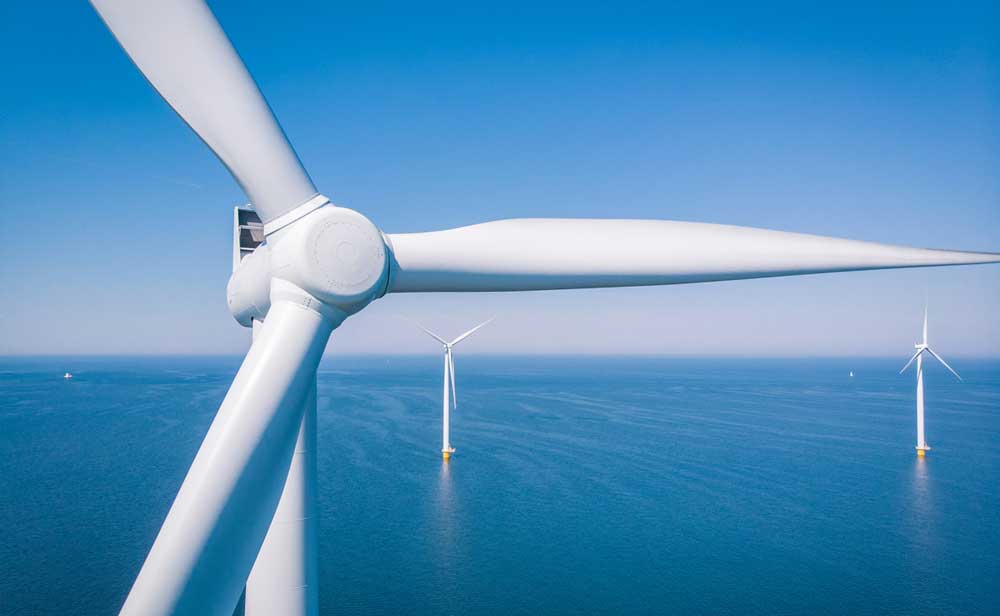Steels to Help Harness Wind
Stainless Steel In Wind Turbines by Royce Lowe In 2022, wind energy increased by some 265 TWh, or 14%, to reach over 2100 TWh. This represented the second highest growth among renewable power technologies, behind solar PV. But to make serious progress towards the Net Zero Emissions by 2050, which is looking



